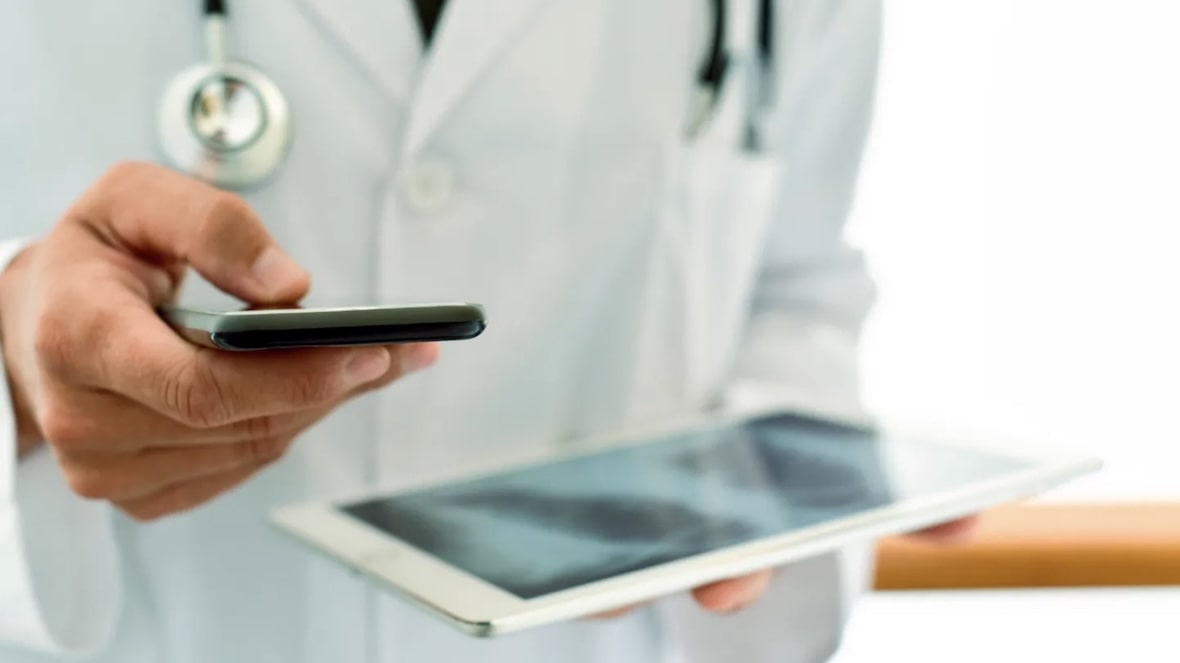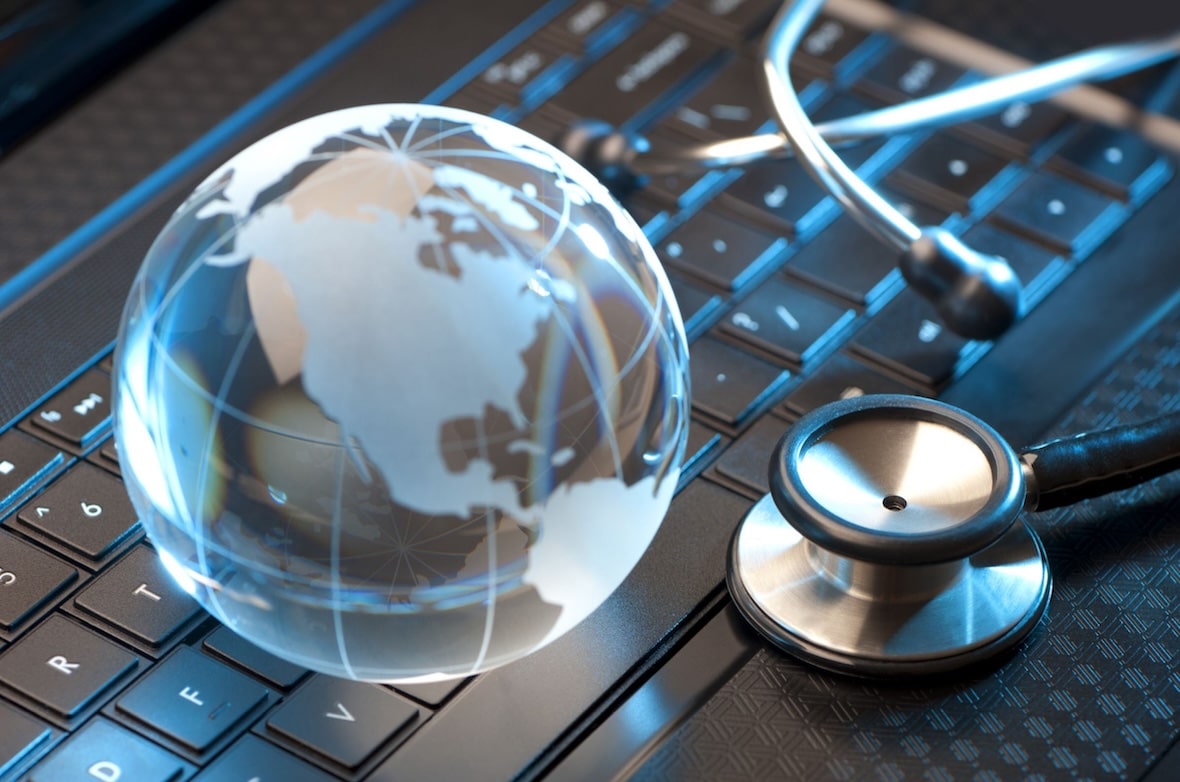Fifty years ago, the idea of a handheld medical device that could assess someone’s health condition was a dream from a distant future; a gadget from the realm of science fiction.
Dr ‘Bones’ McCoy, the cantankerous doctor from Star Trek, could run a tricorder over a patient and get an instantaneous readout of not just their vital signs, but the information equivalent of a full health check-up. This isn’t quite the technology we’ve ended up with, but we actually might have developed something even better.
While the instantaneous diagnostics from a tricorder would be extremely useful to clinicians, ongoing round-the-clock diagnostics may be even more so. A major solution being explored right now is in wearable health devices, as part of an ongoing push toward the gathering of Patient-Generated Health Data (PGHD). The benefits of PGHD are numerous, but the largest upside by far is the ability for patients to take a pro-active role in their own health care. While some people may not be interested in 24/7 vital monitoring, the technology is already there for early adopters and wearable mobile health (mHealth) devices like FitBit are still seeing widespread uptake. Alongside these standalone wearable devices, innovators are also starting to dive into a much wider marketplace with the development of mobile phone apps. Chat-enabled mobile phone apps like Orion Health Engage are enabling clinicians to reach out directly to their patients making use of the devices that most patients already carry with them every day.
One primary area to make use of this type of technology would be short term outpatient care. Between visits it becomes possible to keep track of a patient’s symptoms in real-time, and due to it being a two-way communicative system, it also enables clinicians to recall patients in for an appointment should they notice anything troubling in the patient’s automatic or manual updates. For many patients with chronic diseases such as congestive heart failure and chronic respiratory disease, the process that leads to severe illness start days before the patient actually becomes acutely ill. This means the stream of information no longer depends on what is gleaned from the patient consultation and enables real-time clinical decision making. Instead of being given a once-over with Dr McCoy’s fictional tricorder, we could have a personal medical device assisting clinicians and making the patient diagnostic process faster, more efficient and more accurate.
It’s not just personal monitoring either. Individuals and organisations have already started integrating environmental health monitoring into homes and workspaces in the form of air quality monitoring. These types of technologies enable people to create all-encompassing environments that give us unparalleled insight into the cause and effect factors in health.
It’s important to keep in mind however, the amount of data that would be collected by systems like this would be astronomical, exploring solutions for data storage is key to handling it. If clinics were to collect every shred of PGHD it would quickly result in vast silos of data which can become difficult or even impractical to make use of. The development of automation and machine learning technology plays a pivotal role here in helping to identify and isolate only the most pertinent information at any given time. A heart rate monitor might have months of recorded rate changes, but if this data is fed through a machine-learning algorithm it would be possible to create a normative data profile for patients that could then automatically isolate only the most meaningful or irregular readings.
This sort of data will play a huge role in preventative healthcare not just for individuals but larger groups as well. With a patient’s permission, their tracking data could also be anonymised in order to make it eligible for use in ongoing population health research, further assisting in the creation of long term healthcare solutions for entire communities.
These types of innovations are pushing out the boundaries for how people view their own healthcare. Instead of limiting patient decisions to simply when and where they next book an appointment it’s encouraging them to develop health-driven lifestyles, and form good habits around precisely how they look after themselves. Clinicians and patients, armed with wearable or handheld devices and the immense data processing power of machine learning tools, are working in concert to pro-actively monitor and manage health. These three Ds – Device, Data and Decisions – form the backbone of Clinical Decision Support Systems that are helping transform and enhance healthcare globally.
To learn more about Clinical Decision Support systems, the drivers and challenges involved and the basic CDS functionality required to start making positive change in the healthcare ecosystem, download the white paper now!



